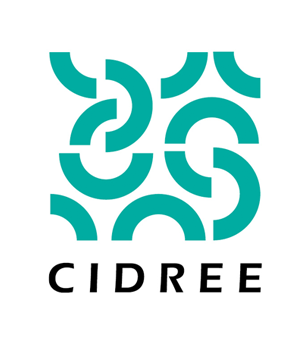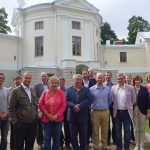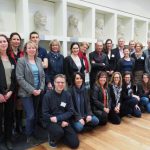From Political Decisions to Change in the Classroom:
Successful Implementation of Education Policy
hosted by The Norwegian Directorate for Education and Training
The CIDREE conference 2014 took place in Oslo on the 13th November 2014. The conference attracted members and guests from 15 different European Countries. In total, 50 participants from CIDREE member organisations, researchers and elsewhere were welcomed.
After some opening remarks from Petter Skarheim, Director General at The Norwegian Directorate for Education and Training and Alan Armstrong, President CIDREE 2014-2016, editor of the yearbook Frode Nyhamn made some reflections on the perspectives present in the yearbook before the actual launch of the yearbook took place.
Authors from four of the countries presented their articles in the yearbook:
- A: “Change Laboratories” within Secondary Schools: Towards Accompaniment and Support of Teachers in the Appropriation of New Reforms in Priority Education (France)
- B: Teachers Taking Ownership of Educational Change via Participation in Professional Learning Communities (Estonia)
- C: Benefits and Risks of Phased Implementation: Analyzing the Norwegian Strategy for Lower Secondary Education 2013-2017 (Norway)
- D: The Lenses and Cultures for Positive Change (Scotland)
Both the Norwegian author and the Scottish author challenged the starting point for the conference by questioning if implementation is really the issue. They did also present several alternative perspectives on how to address change processes in the education system, for example by stressing the importance of acknowledging and spreading good practice.
The afternoon program started with a keynote from Professor Sten Ludvigsen, Chair of a government appointed committee called “Pupils’ Learning in the School of the Future”. Professor Ludvigsen presented the main findings in an interim report from the committee, and reflected on some issues connected to the challenges of implementing change. The contribution from prof. Ludvigsen, was followed by a break up session. For this session, the participants were divided into groups and were given the different topics for discussion.
In the plenary closing session, the groups answered these questions, and they also posted some new questions for the conference to address.



